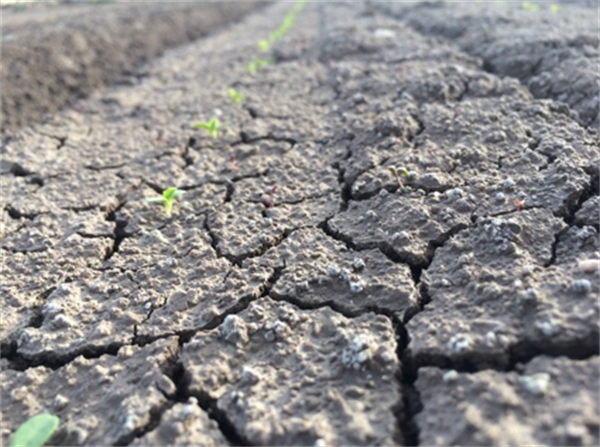Oct 14, 2020
2020 Advances in Automated Thinning and Weeding Technologies Update #1
It’s October already and soon crews will be thinning and weeding vegetable crops in the Yuma area. Automated machines for performing these tasks are commercially available and being used more and more. Due to significant research and development efforts being made in this area, the technology used for these machines is advancing rapidly. In the next series of articles, I will be discussing the developments made over the summer by automated machine manufactures and what growers in the Yuma area can expect for the upcoming season.
The first technology I’d like to discuss is the autonomous weeding robot “Dino” manufactured by Naïo Technologies[1] (Fig. 1). Briefly, the robot is an 84” wide, self-piloted, mobile power unit equipped with camera guided cultivating tools.
Last season, Naïo demoed the robot for growers in the Yuma area. It was the first year the French based company had operations in the U.S. One goal of the demonstrations was to evaluate the machine in U.S. conditions and get feedback from growers about how the machine might best fit Arizona production systems. The company learned that Arizona vegetable production is very intense and fast paced. Machine productivity and durability were important issues for viability and domestic acceptance.
The company took heed of these observations. Over the summer, the battery that powers the fully electric robot was upgraded to provide 10 hours of operation before needing to be recharged. This improved work capacity from 8 acres/day to about 10 acres/day (work rate = ~ 1 acre/hour). To further address the capacity issue, the company imported three additional machines so that multiple machines could be operated simultaneously in the same field. The new machines are more robust, being equipped with higher torque drive wheel motors and a sturdier frame. The company is also in the process of switching to an improved camera guidance system that should enhance crop tracking ability and close cultivation performance. Some may be aware that the company has developed an award winning active in-row weeding tool that cycles cultivating blades in and out of the crop row (Link). The device is undergoing further testing and is planned for commercial release in mid-2021.
Machines will be available this fall in the Yuma area for demos or for hire as a weeding service. It will be interesting to see how these advanced robots perform and benefit weed management. If you would like assistance evaluating these machines or conducting performance trials, please feel free to contact me.

[1] Reference to a product or company is for specific information only and does not endorse or recommend that product or company to the exclusion of others that may be suitable.
To contact Mark C. Siemens go to:
siemens@cals.arizona.edu









